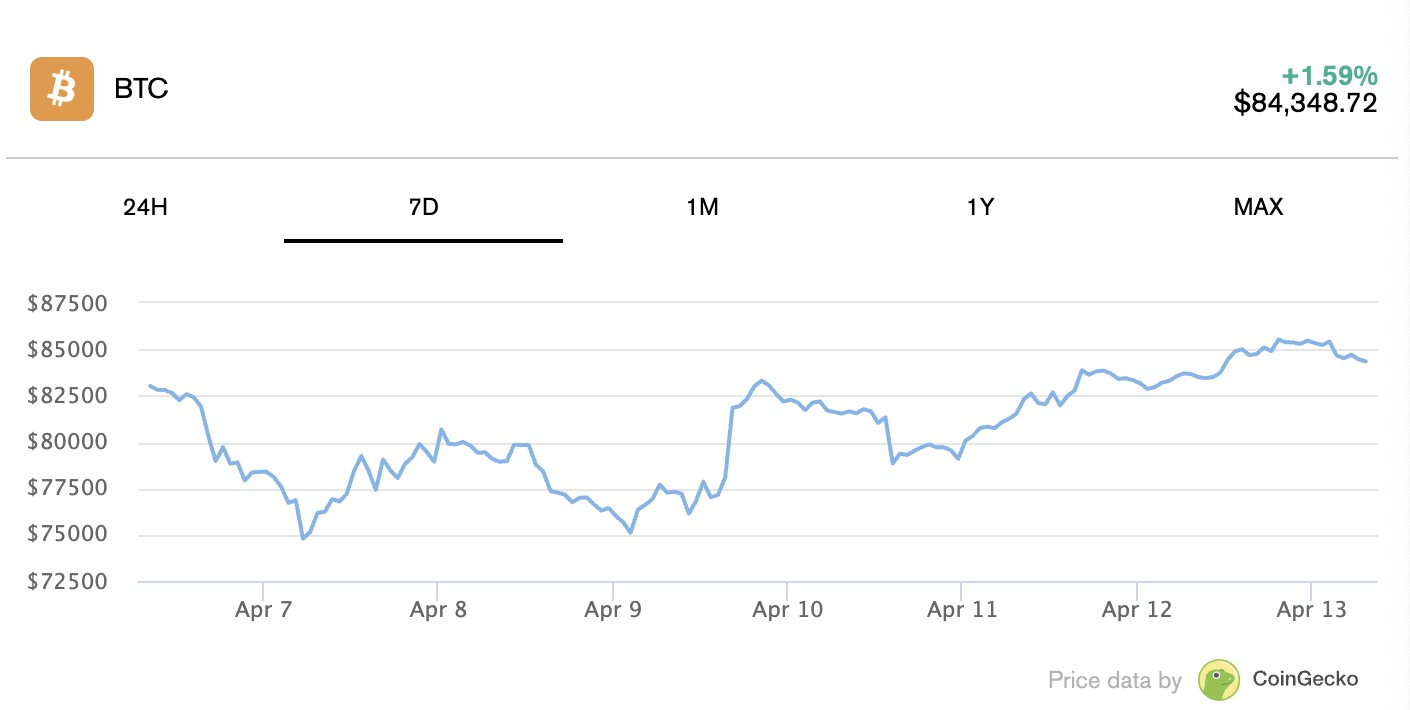In today's global financial wave, cryptocurrency is booming in an unstoppable manner. From scale, scope to product types, the territory of cryptocurrency is constantly expanding, and its importance and influence on the traditional financial system are becoming increasingly prominent, and it is gradually becoming a force that cannot be ignored in the financial field.
Looking back, the beginning of cryptocurrency was quite niche, and it was initially traded quietly in the circle of a few computer programmers, like a glimmer hidden in the dark night. However, since the emergence of Bitcoin futures in 2017, it has brought unprecedented attention and vitality to the cryptocurrency market like lightning that broke through the sky.
Since then, various derivative products have sprung up like mushrooms after rain, constantly enriching the trading ecology of cryptocurrency. Until January 2024, the heavy launch of Bitcoin spot ETF was like a thunder, completely breaking the barrier between traditional finance and cryptocurrency, attracting more and more investors to turn their attention to this asset class full of innovation and opportunities.
At the core of the Fourth Industrial Revolution are artificial intelligence, information and communication technology, the Internet of Things and blockchain. PwC predicts that blockchain will add $1.76 trillion to global GDP by 2030.
China has listed blockchain as one of its top five priorities, and other countries such as Germany, Japan, the United Kingdom and France also see potential benefits of more than $50 billion. The recent increase in investor interest may have changed the user base forever, and this adoption may vary by industry, region, regulatory area and political environment.

Some recent studies have examined the relationship between certain macro-national development indicators and cryptocurrency deployment in 137 countries, and interestingly found that countries with higher education levels, human development, democracy, regulatory quality, and gross domestic product (GDP) have higher cryptocurrency adoption rates.
However, countries with lower economic freedom and higher levels of corruption have lower adoption rates, suggesting that more open and free countries are more likely to adopt cryptocurrencies. This suggests that it is not the corrupt, uneducated countries that are adopting cryptocurrencies, but rather the more open, democratic, and free countries.
Trust, but verify
We now know that economic and national variables influence adoption in different regions, but what about trust? Trust is a social construct and belief that fosters economic growth, financial development, and financial inclusion.
Trust has declined in recent decades—as European Central Bank President Christine Lagarde put it: “In this era of declining trust, the financial sector ranks last in opinion polls.”
Research by Jalan et al. (2023) supports the work of Bhimani et al. (2022), showing that countries with higher levels of trust have higher interest and adoption of cryptocurrencies, confirming the importance of trust in the growth of financial markets.
In a more detailed study, Saeedi and Al-Fattal (2025) explored which aspects of trust are critical to cryptocurrency adoption, finding that women valued regulatory trust more than men, while social trust was more important for older participants.
Decentralized Finance (DeFi) Adoption
What is the difference between cryptocurrency and decentralized finance (DeFi) adoption?
Recent research by Nguyen and Nguyen (2024) suggests that a combination of high population, high inflation, low social connectedness, democracy, and uncertainty avoidance may lead to high cryptocurrency adoption, while high human development, high population, and high financial development appear to be the dominant configurations that explain a country's DeFi adoption.
But what impact do adoption and its different types have on cryptocurrencies?
Recent research by Rzayev et al. (2025) shows that early adopters of cryptocurrencies drive cryptocurrencies’ returns and improve price efficiency, while late adopters lead to noisier prices and lower efficiency. Early adopters are therefore a key driver of any cryptocurrency.
Thus, the academic literature suggests that global cryptocurrency adoption varies widely, but that some key economic and country indicators can explain this adoption. Furthermore, the type of adoption can affect a cryptocurrency’s performance, suggesting that not all attention is created equal.
 Weatherly
Weatherly






